AEM: Vertical arrangement of Sn4+ pre-embedded MXene for ultra-long life zinc ion capacitors
QQ Academic Group: 1092348845
Detailed
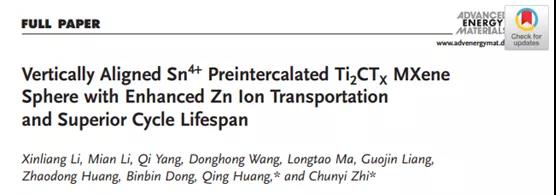

Zinc ion capacitors use zinc metal as the negative electrode, which has a lower redox potential, is environmentally friendly, and has a higher theoretical capacity, which has attracted widespread attention from researchers. However, its cycle life and stability are obviously not as stable as the organic electrolyte system. This is mainly affected by the cathode material. Repeated Zn2+ shuttles will destroy the microstructure and affect its capacity. Moreover, the structure collapses even faster in aqueous electrolytes than in organic systems. Finding new and highly stable cathode materials is still very important for high-performance zinc ion capacitors.
2D Ti2CTx MXene has the simplest atomic structure. It is widely used in organic electrolyte batteries in the MXene material system, and exhibits outstanding stability during cycling. The unique accordion-like microstructure, hydrophilicity, and high conductivity make it have great potential in water-based batteries. However, although Ti-based and V-based MXene electrodes have been applied, related research is still relatively scarce. In addition, although the 2D structure of MXene may be beneficial to increase the capacity, the nanosheet structure still has two disadvantages: 1) Due to the non-selective distribution of MXenes in the electrode and spontaneous restacking, ions cannot be directly embedded into it due to surface barriers. Interlayer; 2) Interlayer spacing affects the kinetics of ion shuttle, and larger interlayer spacing may increase the shuttle depth. Ion pre-intercalation can expand the interlayer spacing and thus promote ion diffusion, but cannot shorten the ion diffusion path. On the other hand, designing a porous structure, especially direct vertical distribution, can promote the shuttle of ions and shorten the ion diffusion path.

Recently, Professor Chunyi Zhi from City University of Hong Kong and researcher Huang Qing from Ningbo Institute of Materials Science and Technology of the Chinese Academy of Sciences published a research paper titled Vertically Aligned Sn4+ Preintercalated Ti2CTX MXene Sphere with Enhanced Zn Ion Transportation in the international high-level academic journal Advanced Energy Materials. The research passed Sn4+ pre-embeds Ti2CTx MXene with increased interlayer spacing. This pre-embedded Ti2CTx is arranged on carbon spheres to further enhance ion transmission by shortening the ion diffusion path and enhancing the reaction kinetics, and has excellent stability.

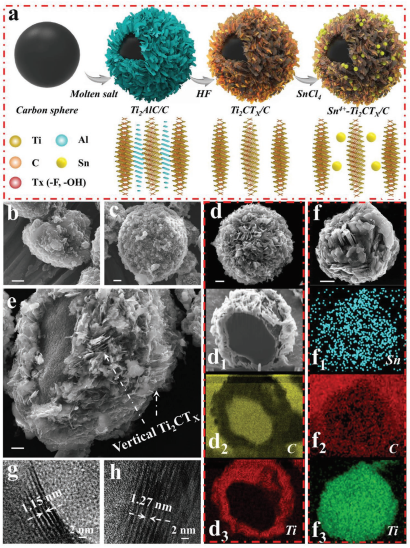
Figure 1. The synthesis process and morphology analysis of electrode materials.
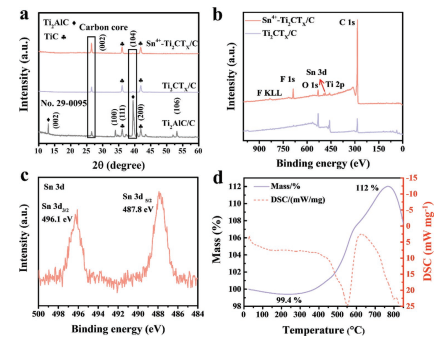
Figure 2. Characterization of the physical composition of electrode materials.
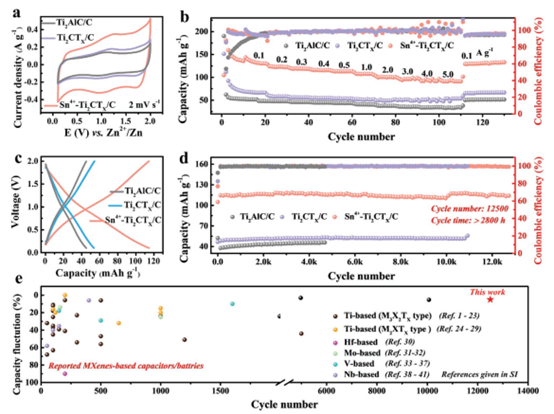
Figure 3. Electrochemical performance test of the assembled zinc ion capacitor, the electrolyte is LiTFSI+Zn(CF3SO3)2.
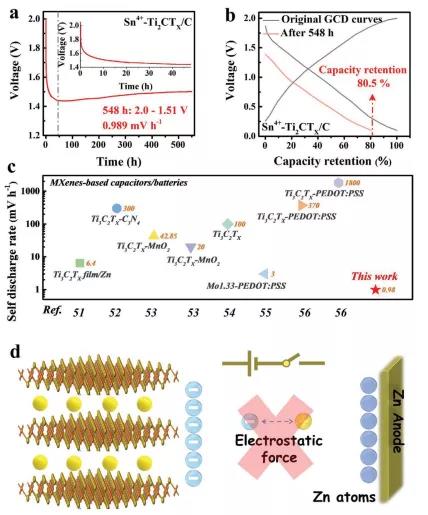
Figure 4. Self-discharge performance of the assembled zinc ion capacitor.
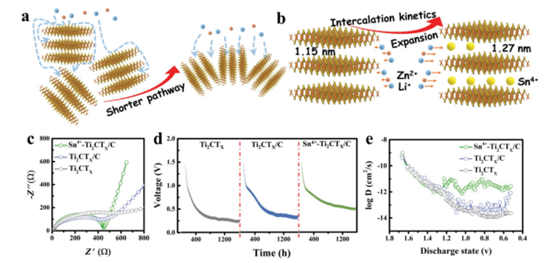
Figure 5. Exploration of the electrochemical reaction mechanism of the assembled zinc ion capacitor.
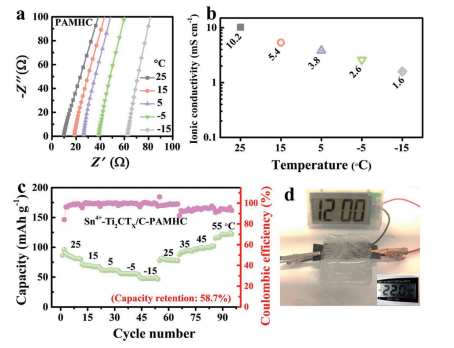
Figure 6. Assembly of a quasi-solid zinc ion capacitor.

In summary, stacking caused by surface barriers and limited layer spacing are the two main problems of MXenes applied to energy storage systems. The researchers designed a vertical arrangement of Sn4+ pre-embedded Ti2CTxMXene on the outer surface of the carbon ball. Since the surface barrier is eliminated and the interlayer spacing is effectively enlarged, the diffusion path of Zn ions is greatly shortened, and the reaction kinetics is improved. The prepared Zn/MXene capacitor achieves an ultra-long cycle of 12,500 cycles, and has only 5% capacity fluctuation in more than 2,800 hours, which is better than all MXenes electrodes reported in organic and aqueous systems. In addition, the lower voltage drop rate of 0.989 mV h-1 and the capacity drop rate of 0.035% h-1 demonstrate excellent self-discharge performance. The assembled quasi-solid zinc ion capacitor based on PAMHC hydrogel electrolyte can be safely performed under various harsh conditions.
Literature link:
https://doi.org/10.1002/aenm.202001394
This information is from the Internet for academic exchanges. If there is any infringement, please contact us and delete it immediately
- Previous: JHM: Functional platfo
- Next: MXene breakthrough: Na


 mxene academic
mxene academic